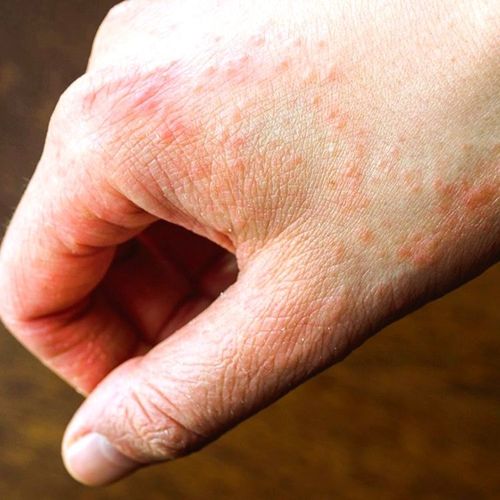Gold is among the leading causes of a skin condition called allergic contact dermatitis. According to experts at the Mayo Clinic, allergic contact dermatitis is a skin inflammation that is characterized by swollen, reddened and itchy skin. It is caused by direct contact with an allergen.
Testing
The Mayo team analyzed results from contact dermatitis testing that was conducted on 3,854 patients. Each patient was tested using an average of 69 allergens. Of the patients studied, 69% had at least one positive reaction and, 50% had two or more positive reactions.
The top 10 contact dermatitis allergens were...
Nickel, frequently used in jewelry and clasps or buttons on clothing.
Gold, commonly used in jewelry.
Balsam of Peru, a fragrance derived from a tree resin. It is used in perfumes as well as in skin lotions.
Thimerosal, a mercury compound used in vaccines and local antiseptics.
Neomycin sulfate, a topical antibiotic, common in first aid creams and ointments. It also can be found in cosmetics, deodorants, soap and pet food.
Fragrance mix, a group of the eight most common fragrance allergens that are found in foods, cosmetic products, insecticides, antiseptics, soaps, perfumes and dental products.
Formaldehyde, a preservative that is used in paints, medications, fabric finishes, paper products, household cleaners and cosmetics'
Cobalt chloride, a metal that is found in medical products, hair dye, antiperspirant and metal-plated objects, such as snaps, buttons and tools. Also found in cobalt blue pigment.
Bacitracin, a topical antibiotic.
Quaternium 15, a preservative that can be found in cosmetic products, such as self-tanners, shampoo, nail polish and sunscreen, as well as in industrial products, such as polishes, paints and waxes.
The study also confirmed that patch testing using a standard contact dermatitis series of substances is useful for identifying common contact allergens.
Avoiding allergens is the chief treatment for contact dermatitis. In some cases, corticosteroid creams can be used to treat rashes caused by contact dermatitis.
